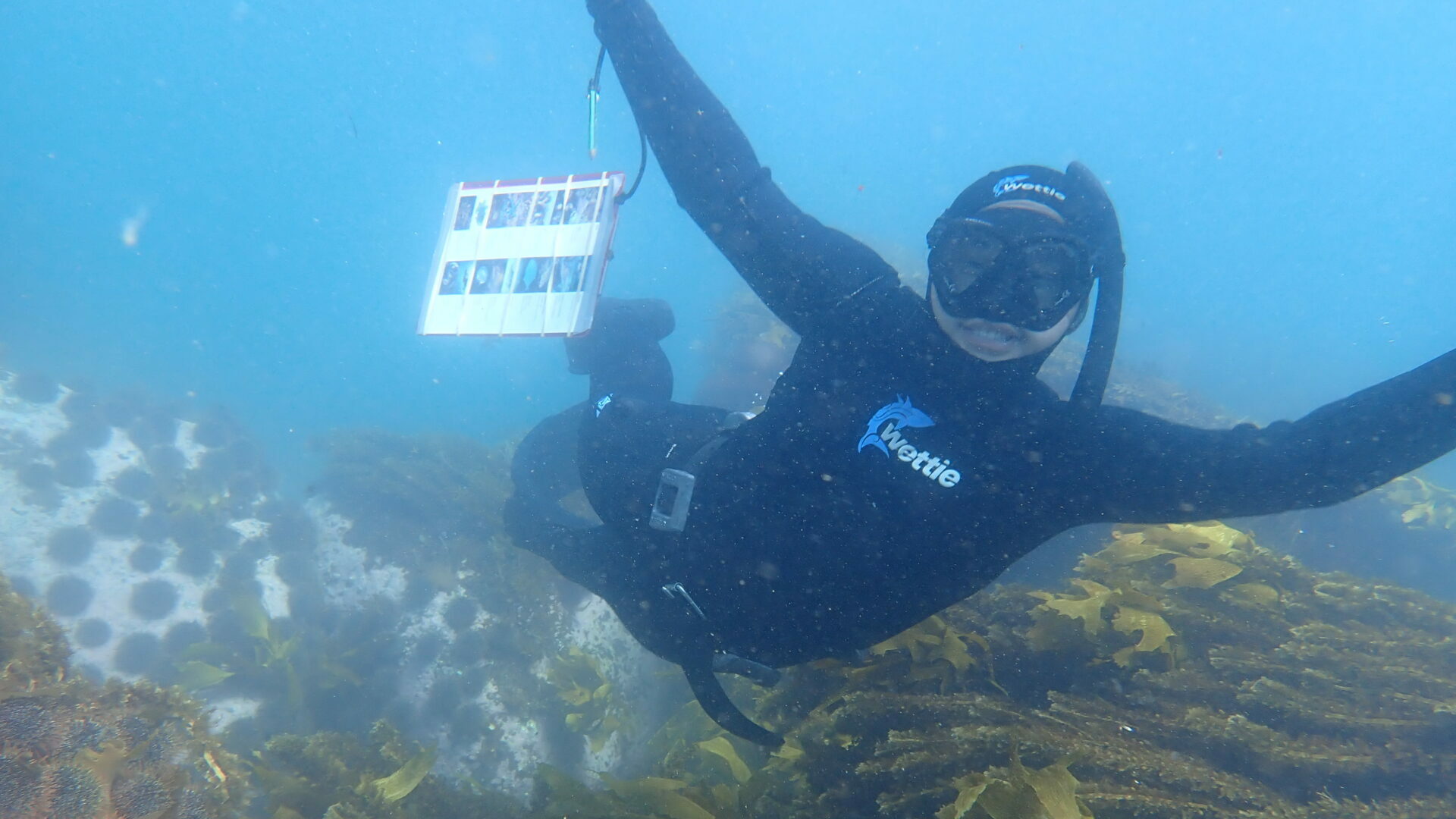- AUTHORRestoring power to marae and hapū is climate adaptation
Restoring power to marae and hapū is climate adaptation
Climate adaptation research in Aotearoa is set to be invigorated by an unprecedented 14 research projects led by Māori, for Māori.

These highly localised projects, made up of multidisciplinary teams including tohunga and kairangahau, will investigate climate impacts and responses and shine a light on indigenous leadership through the urgent challenges of the climate crisis.
“This is a game-changer,” says Sandy Morrison, Chair of the Kāhui Māori of the Deep South Challenge. “Communities have been saying for a long time that they’re ready to lead their own climate adaptation research, but too often hapū and iwi are completely excluded from the environmental, social and political decisions that directly impact them. It’s time to remove the barriers and restore power to marae and hapū to define and develop their own appropriate solutions.”
It’s time to remove the barriers and restore power to marae and hapū to define and develop their own appropriate solutions.
Sandy Morrison, Chair of the Kāhui Māori of the Deep South Challenge
The core thread connecting these 14 projects is the knowledge that hapū and iwi have the ability, experience and research expertise to identify and activate robust adaptation solutions. Each reflects an exciting and overdue development for climate adaptation research. They are:
- Are the kina still fat when pōhutukawa bloom? Project led by Kura Paul-Burke.
- Eating with my Tuupuna: Climate resilience for Waikato hauanga kai. Project led by Cheri van Schravendijk-Goodman and Rangitaho Mahuta.
- He Pā Mataora: Learning to live with the Living Pā. Project led by Meegan Hall.
- He whakaneke a te hapori o Te Hāpua ki tētahi ara haumaru: Relocating Te Hāpua to safety as sea levels rise. Project by Marama Pohatu and Hauiti Hakopa.
- Hei Matapihi ki te Ao, Toi te Moana, Toi te Whenua, Toitū te Mokopuna: Intrinsic and effective climate leadership. Project led by Ngareta Timutimu and Jack Thatcher.
- Higher carbon prices: Impacts on farming and forestry whānau. Project led by Manu Caddie and Nicki Douglas.
- Kai ora: Restoring local Māori food systems by restoring power to marae. Project led by Haylee Anne Koroi and Teah Carlson.
- Ki te whare tū tonu, ki te whare manawaroa: Towards a climate resilient meeting house. Project led by Sylvia Tapuke.
- Kōhanga pēpi kōura: Creating pēpi kōura nurseries to protect against a changing climate. Project led by Kia Māia Ellis.
- Moutoa Island Restoration. Project led by Meri Haami and Rāwiri Tinirau.
- Taranaki climate resilience: Te tirohanga o ngā tohu. Biodiversity in a changing climate. Project led by Mahuru Wilcox and Nikki Harcourt.
- Te Ara o Raukawa Moana: Active kaitiakitanga in response to climate change. Project led by Robert McClean and Ashleigh Sagar.
- Te Huka o Te Tai: Protecting our takutai in the Eastern Bay of Plenty. Project led by Tina Ngata and William Atlee Waitoa.
- Toi Tu Ihumātao. Project led by Pania Newton.
All projects centre mātauranga, tikanga and te reo Māori, and together showcase the inherent adaptability and relevance of ancestral knowledge to solve contemporary challenges. The urgency for this research could not could not be greater, with marae around the country facing climate impacts that threaten homes, urupā, wharenui, infrastructure and livelihoods. Tairāwhiti is just the latest in an ever-growing number of communities feeling the force of extreme weather, flooding, slips and tide-on-storm events. Mahinga kai are collapsing from marine changes and overfishing, while industry encroaches on previously undeveloped land. Decisions cannot be delayed any longer, and for Māori communities, those decisions are often complicated by competing political and legislative pressures imposed by local and central government.
These research projects, lasting between one and two years, recognise that cultural and spiritual health is inextricably linked to the health of the taiao. Teams will investigate multiple interrelated kaupapa, including (to name only a few), takutai moana, tohu taiao, well being, food sovereignty, indigenous capability and tikanga Māori decision making. The questions driving each project provide rich insight for other hāpori. For example, How does resilience to colonisation also build climate resilience? What mātauranga can support marae or even hāpori relocation? How can hākari be used to identify climate impacts and foster kaitiakitanga? How can wānanga be used to build climate capability, including the capability to engage with and develop local and national climate policy?
From the IPCC to New Zealand’s own climate adaptation instruments, there is a recognition that indigenous knowledge, and the voices of indigenous communities, are crucial. Yet these same organisations and instruments often lack a strategy for – or knowledge about – how to include, let alone centre, indigenous research.
Morrison adds, “While funding 14 kaupapa Māori climate research projects is unprecedented in Aotearoa, these are only a fraction of the number of proposals we received. Māori urgently need more funding to support our research aspirations and capacity. Kua tae te wā.”
Media enquiries:
Naomi Simmonds, Kaitakawaenga, Deep South Challenge
+64 272 066 594 | [email protected]
Alexandra Keeble, Communications, Deep South Challenge
+64 210 657 291 | [email protected]